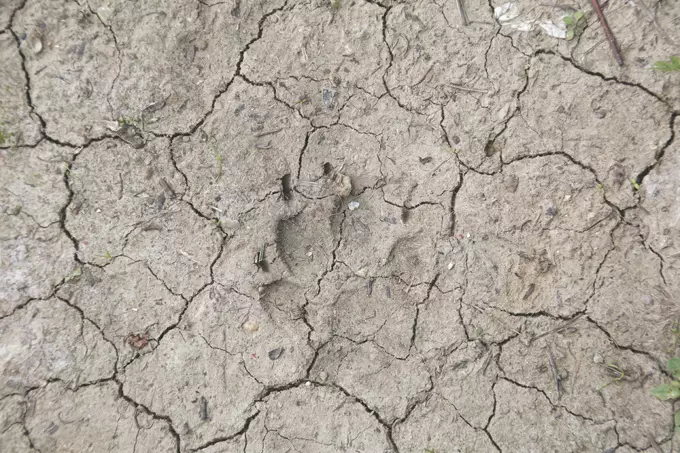The sight of your beloved dog suffering from cracked paw pads can be distressing. These paw pads are not just a charming feature; they are crucial for your dog’s mobility and overall well-being. When you notice this condition, it’s essential to grasp that cracked pads might indicate more than just dryness. Often, underlying health issues, such as skin infections, allergies, or nutritional deficiencies, can contribute to this discomfort. Therefore, initiating a visit to the veterinarian is not just prudent—it’s paramount. This step ensures that any potential medical concerns are addressed before you attempt home remedies.
Home Care: Simple Yet Effective Steps
Once you rule out serious health issues, the road to recovery can begin at home. A modification in your dog’s routine can have a profound impact. First, consider their walking environment. During walks or playtime, steer clear of jagged paths and hot surfaces that could exacerbate the problem. Incorporate soft terrains like grass or dirt to minimize strain on their pads. After outdoor excursions, a gentle wash with lukewarm water can help remove any irritants— particularly if your dog has been strolling through salt or sand. Make it a habit, as a clean paw is key to healing.
The Power of Moisturization
Next on the agenda is moisturizing. While it’s vital to be cautious, the right paw pad cream can be transformative. Consult your vet for specific product recommendations tailored to your dog’s needs, as not all moisturizers are safe for canine use. A great choice might be a natural, animal-safe balm designed specifically for pet use. When applying it, only use a small amount, rubbing it gently into the pads to ensure absorption. Be prepared, as most dogs instinctively want to lick off any topical application; hence, monitoring them post-application can be wise.
Booties: A Fashionable Solution
Incorporating booties into your dog’s daily attire may seem whimsical, yet it serves a solid purpose. Booties can shield your dog’s paws from harsh surfaces and varying temperatures, providing an added layer of protection. However, expect some resistance—most dogs need time to adjust. Start the training process indoors where your dog can get accustomed to wearing them without undue stress. Consistent positive reinforcement, such as treats and praise, can significantly alter their perception, turning their initial resistance into acceptance.
The Journey Forward: Patience is Key
Healing cracked paw pads is not an overnight endeavor. It requires patience, routine adjustments, and proactive measures. By staying observant and responsive to your dog’s needs, you create a supportive environment where healing can occur. Be prepared for a period of trial and error as you navigate the best practices for your pet’s unique situation. Just like with any health concern, consistency and care will pave the way for your furry friend’s recovery, reinstating their joy in running and playing.

